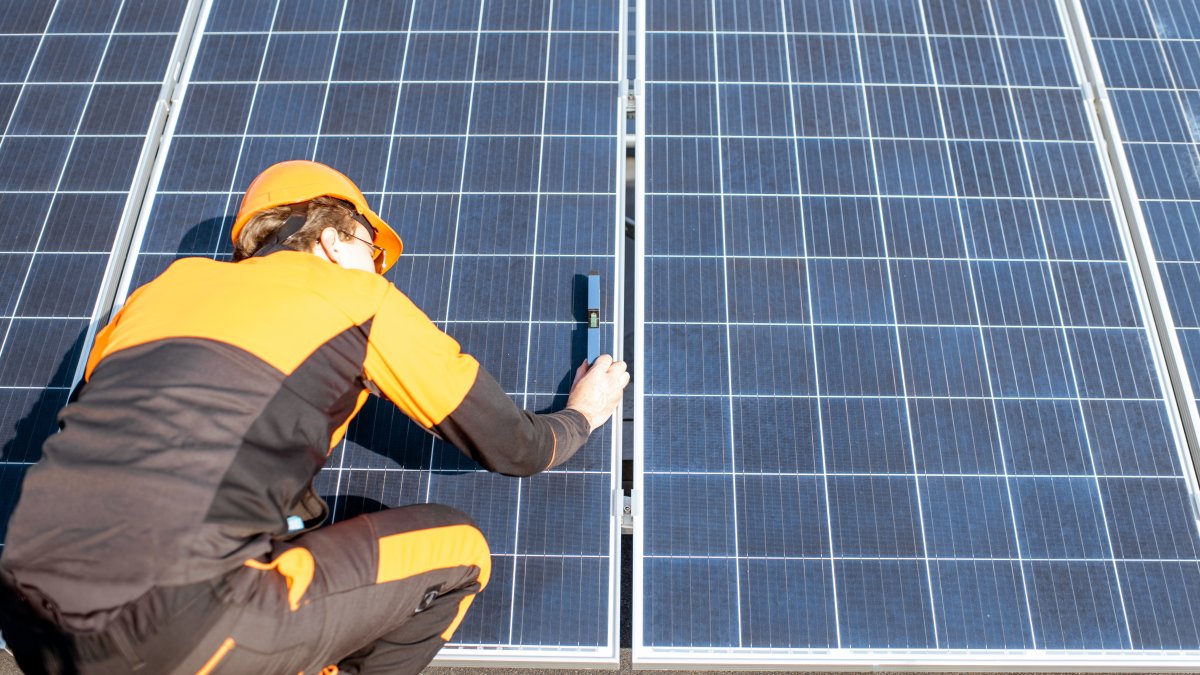
If you’re getting solar panels to power your home, there would be a lot of things you’ll need to consider. For example, you’ll have to evaluate your home’s unique electricity needs. You’ll also have to look for a reputable solar energy company to work with. You should also consider the type and number of panels you need. Last but not least, you will have to factor in the amount of solar power that each panel can produce, the size of each panel, and the overall cost of home solar power systems.
However, the most important factor you need to consider is location. Since solar panels convert the sun’s light rays into electricity, where you place them is important to make sure that they’re working as efficiently as possible.
Where Will You Install The Solar Panels?
First and foremost, you want to consider the type of installation suitable for your case. In general, residential solar panels are installed in two ways:
1. Roof Installation
This is the more popular and common option for installing solar panels. Solar panels can be installed in all kinds of roof material, and roof mounting is a more permanent and stable solution compared to ground installation. There’s also the added benefit of shielding your roof from harmful UV radiation while keeping your home cooler during the summer months.
When considering a roof installation, the pitch (angle of the roof) plays a critical role in solar panel orientation (more on this below). A rooftop with a standard design pitch doesn’t require special equipment, making it cheaper and easier to install a solar panel on it. Homes with steep roofs will require extra effort in order to ensure that the solar panels face the sun throughout the day.
For homes with completely flat roofs, you’ll need mounting systems for your solar panels. Ballasted mounts hold the solar panels, keeping them faced towards the sun while also providing flexibility by letting the panels tilt. These mounts are often cemented in place and have the racking set at a perfect angle to capture as much sunlight throughout the day.
Other factors to consider for a roof installation include the following:
Can Your Roof Support Solar Panel Installation?
If your roof is old, damaged, missing a few shingles, it’s recommended to have it repaired or replaced before having the solar panels installed. Consider hiring a roof expert to determine the integrity of your roof and whether it can support the weight of solar panels.
Is Your Roof Not Under A Shade?
A large tree in the wrong spot or a tall neighboring building can cast shadows over the panels, causing solar power production issues. Solar panels need as much sunlight as possible. In addition, structures such as chimneys or skylights can obstruct sunlight, which could reduce the amount of energy collected by the panels.
Is your roof large enough?
Does your roof have enough surface area to accommodate the average 20 – 25 solar panels to power 100 percent of your electricity needs? Remember that your solar panels are installed on one side of your roof only.
2. Ground Installation
If your roof can’t accommodate solar panels, then ground installation is a possible alternative, provided that you have enough open space.
Most people think that ground solar panels might not capture as much solar power as rooftop panels. However, this is not always the case. In fact, there are instances that ground-mounted solar panels are more efficient than rooftop-mounted ones.
Rooftop solar panels are permanently installed on your roof. With a ground-mounted solar panel, you have the option to move panels to face the sun throughout the day in order to better capture solar energy.
Just like in roof installation, you should make sure that the area is free from shades. You also need to consider the slope of the ground to determine the correct angle for the panels.
Solar Panel Direction And Tilt
In the US, solar panels should always face true south in order to receive the most amount of sunlight throughout the day.
Take note that true south (determined by longitude) is different than the magnetic south (determined with a compass). Since there’s a difference between Earth’s south pole geomagnetic field and geographical south pole, using a compass can only get you close to the true south. If you’re having a roof installed and true south is not an option, the west- or east-facing roofs can also be used.
The next consideration is the pitch angle or the tilt of your panels. This is determined by the latitude of your location. Having a correct pitch angle can maximize the exposure of your solar panels to available sunlight. In general, the closer the solar panel installation is to the equator, the more horizontal it should be. If you’re further up north or south, closer to the poles, then the panels should be more vertical.
The perfect pitch for solar panels should be the location’s latitude of the installation. If such an angle is not possible, a 30 – 45-degree pitch angle should work in most cases.
Conclusion
By taking the above factors into consideration, you should be able to find the perfect spot for your solar panels to capture as much sunlight as possible throughout the day, allowing them to generate the electricity needed to power your home.
Thomas Bennett
Related posts
Stay connected
Today's pick
- Things to Remember While Designing Your Custom Modular Kitchen in GurgaonGurgaon now known as Gurugram is the second largest city in the state of Haryana and is a reflectiossn of an ideal modern city with futuristic goals. Witnessing rapid urbanization, it has also emerged as a hub for contemporary homes, with homeowners seeking innovative and... The post Things to Remember While Designing Your Custom Modular […]

